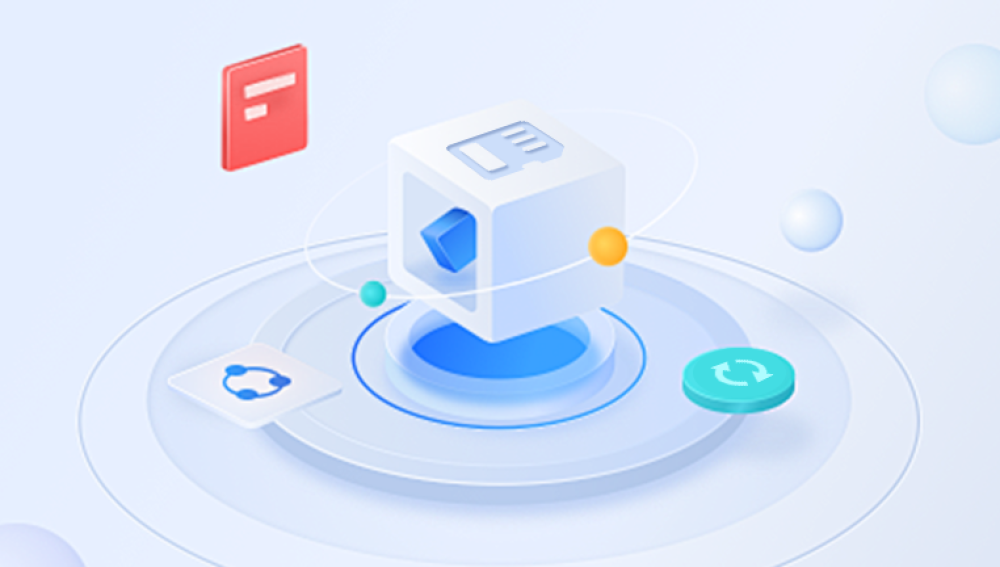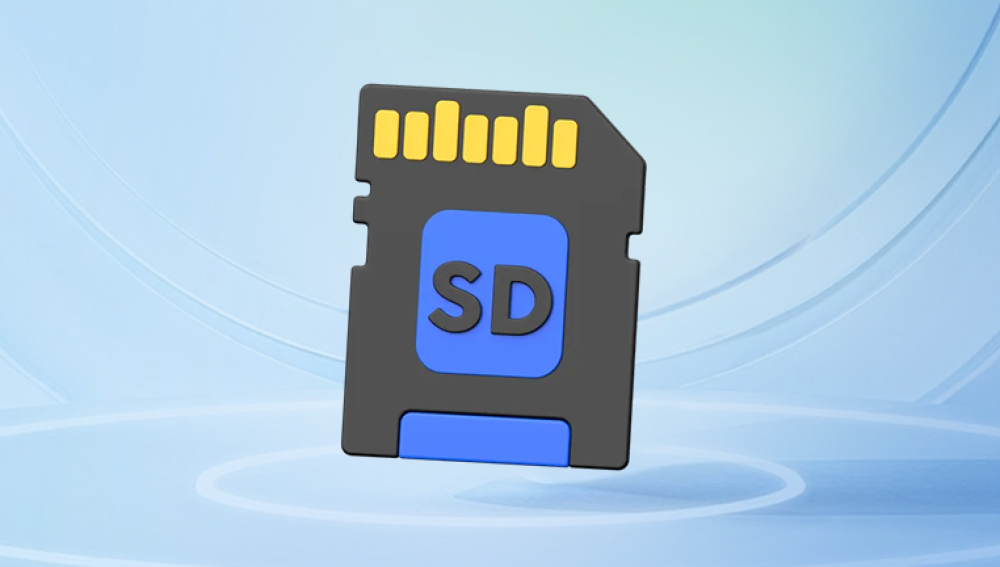Recovering data from a formatted SD card can be a daunting task, but with the right tools and steps, it's often possible to retrieve lost files.
Data Formatting
Before diving into recovery methods, it’s important to understand what formatting does. When you format an SD card:
File System Reset: The file system (like FAT32 or exFAT) is reset. This means the system removes the index that points to where files are stored.
Data Loss: The actual data isn't immediately erased; it's marked as available space. Until new data overwrites it, recovery is often possible.

Precautions Before Starting Recovery
Stop Using the SD Card: Immediately cease any writing operations on the card. This helps prevent overwriting existing data.
Use a Card Reader: For better connection and speed, use a card reader instead of connecting the camera or device directly.
Check for Backups: Before recovery, check if you have backups in cloud services or other devices.
Data Recovery Software Options
There are several software solutions available for recovering data from a formatted SD card. Here are some popular ones:
Drecov Data Recovery is a user-friendly software designed to help users recover lost or deleted files from various storage devices, including formatted SD cards, hard drives, and USB drives. Its intuitive interface makes it accessible for both beginners and experienced users.
Easy Recovery: The software allows users to quickly scan their devices for recoverable files and provides a simple step-by-step recovery process.
File Types: Drecov Data Recovery supports a wide range of file formats, including documents, photos, videos, and audio files.
Preview Option: Users can preview files before recovery, ensuring they retrieve the correct data.
Deep Scan Mode: For more thorough recovery, the deep scan option can uncover files that may not appear in a standard scan.
Safety: The recovery process is designed to prevent further damage to the data, ensuring the best chance of retrieval.
Step-by-Step Recovery Process
Step 1: Choose Your Software
Select a data recovery software based on your needs. For this guide, we’ll use Drecov Data Recovery as an example.
Step 2: Download and Install the Software
Go to the official Drecov Data Recovery website.
Download the software.
Install it on your computer, ideally not on the SD card itself.
Step 3: Connect the SD Card
Insert your formatted SD card into the card reader.
Connect the card reader to your computer.
Step 4: Run the Software
Open Drecov Data Recovery.
A wizard will guide you through the recovery process.
Step 5: Select File Type
Choose the type of files you want to recover (e.g., images, documents, etc.) or select “All Files.”
Click “Next.”
Step 6: Choose the Location
Select “In a specific location” and browse to your SD card.
Click “Next.”
Step 7: Enable Deep Scan (if necessary)
If the initial scan doesn’t find your files, enable the “Deep Scan” option for a more thorough search.
Click “Start.”
Step 8: Wait for the Scan to Complete
The software will scan the SD card for recoverable files.
This may take some time, depending on the size of the card and the extent of formatting.
Step 9: Review the Results
Once the scan is complete, you’ll see a list of recoverable files.
Files are usually color-coded: green for recoverable, yellow for partially recoverable, and red for unrecoverable.
Step 10: Select Files to Recover
Check the boxes next to the files you wish to recover.
Click “Recover.”
Step 11: Choose a Recovery Location
Choose a different location on your computer (not the SD card) to save the recovered files.
Click “OK.”
Step 12: Check Your Recovered Files
Navigate to the location where you saved the files.
Verify that the files have been successfully recovered and are intact.
Tips for Future Prevention
Regular Backups: Regularly back up your important files to multiple locations.
Proper Ejection: Always eject the SD card properly to avoid corruption.
Use Reliable Software: Only use trusted formatting and data management tools.




